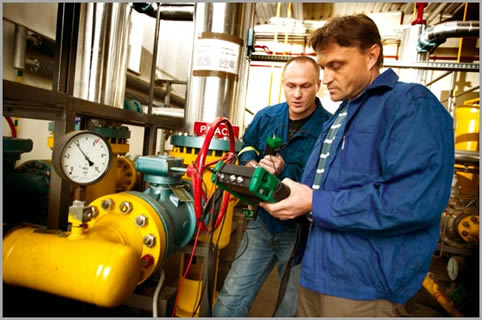For process manufacturers, regular calibration of instruments across a manufacturing plant is common practice. In plant areas where instrument accuracy is critical to product quality or safety, calibration every six months—and even more frequently—is not unusual. However, the final step in any calibration process—documentation—is often neglected because of a lack of resources or the pressure and time constraints of everyday activities.
|
ADVERTISEMENT |
Many manufacturers are outsourcing all or some of their calibration maintenance activities, so now the contractor, too, is under pressure to calibrate plant instruments quickly and accurately. The contractor must also ensure the results are documented for quality assurance purposes, and provide full traceability.
The purpose of calibration itself is to determine the accuracy of an instrument or sensor. Although technology has greatly improved the accuracy of instruments, regulatory bodies often need to know just how inaccurate a particular instrument is and whether it drifts in and out of specified tolerance over time.

…
Add new comment